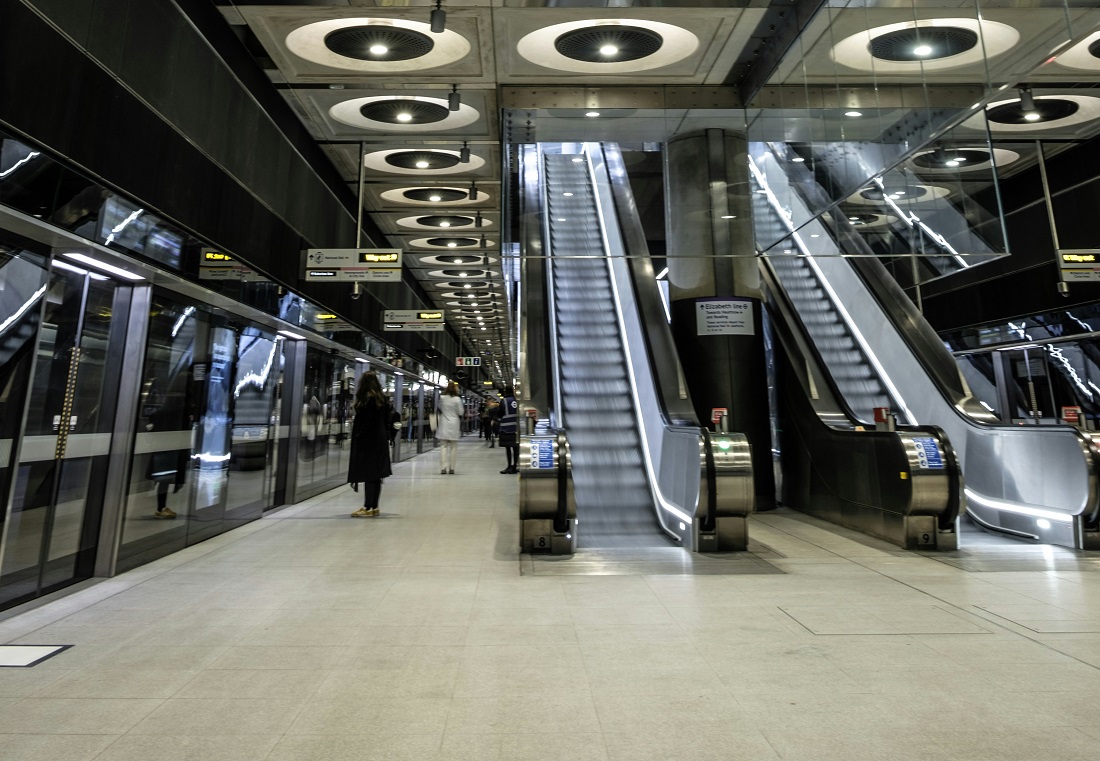The shape of a company is affected by various economic factors, which impact business plans and workspace investments. This article will explore how different economic factors affect the demand for renting office space.
Macro-Economic Indicators
GDP Growth
Economic growth significantly increases the demand for offices. A strong economy boosts business activity and revenue, leading to business expansion and companies renting more workspace.
In contrast, economic downturns can lead to lower demands as businesses’ budgets become more restrictive. Companies can no longer afford to rent large offices and often downsize.

Unemployment Rates
A strong economy can lower unemployment rates and increase the need for additional workspace. When business is booming, companies hire more employees and expand to accommodate their workforce.
Contrary to this, when businesses reduce their workforce, this can lead to higher unemployment rates and lower demand for workspace.
Interest Rates
Interest rates influence businesses' ability to borrow money, significantly impacting the need to invest in a workspace.
When interest rates are lower, offices become more affordable, boosting their popularity. Borrowing money is cheaper, making businesses more likely to take advantage of these inexpensive prices.
We have found that when interest rates are high, companies delay expansion plans and wait for prices to fall.
Inflation
Inflation affects the cost of services and goods. It makes investing in workspace less popular and deters businesses from expanding as serviced offices become more expensive.
However, when inflation is low, the demand for space increases due to relatively stable prices. Predictable rental costs encourage business investment as it reduces the risks of unexpected cost increases.
Real Estate Dynamics and Sector-Specific Trends
Real Estate Market Conditions
The condition of the real estate market depends on economic factors such as GDP growth, unemployment rates, interest rates, and inflation. These ultimately impact office availability and costs.
Lower availability can result in high prices and more competition, deterring businesses from renting larger workspaces. In contrast, when availability is high, companies are more likely to take advantage of the cheaper, more affordable prices and rent more space.
Sector-Specific Trends
Economic conditions can affect trends in specific sectors, such as finance, manufacturing, and technology, to different extents.
For example, a surge in the technology industry can increase the demand for workspace in locations with similar organisations, such as Shoreditch and King’s Cross. This leads to higher prices in these areas.

However, a downturn in the finance sector, for example, can decrease office space demand in major financial districts like the City of London, leading to lower prices.
Consumer Spending
The health of the retail sector can also influence the popularity of office rentals. We have found this to be particularly true in mixed-use properties where these two industries co-exist.
Economic conditions that increase consumer spending boost retail sales and improve business activity, promoting growth. This makes businesses more likely to rent larger offices to support their new operations, increasing demand.
Foreign Investment and Business Confidence
Foreign investment is typical in places with economic growth and political stability. Cities like London have high business confidence levels, attracting many foreign investors.
Favourable exchange rates in the UK allow foreign companies to rent offices for a cheaper price. Cities such as Manchester and Edinburgh have seen a surge in the number of international businesses expanding into them, increasing the popularity of their workspaces.

Economic Policies and Regulations
Favourable economic policies and regulations, such as tax incentives for organisations or subsidies, stimulate office demand.
Areas like Greater Manchester and Liverpool are part of investment zones where the government assists local partners and organisations. Startups, typically with smaller budgets, are attracted to places with incentives like these.

Similarly, increased investment in specific sectors can stimulate economic activity. For instance, cities with substantial manufacturing funding attract similar organisations to expand into the area to take advantage of these resources.
Infrastructure Development
Areas with significant economic activity are more likely to undergo redevelopment in transportation links and office spaces, making them more attractive to businesses.
For example, London recently developed the Elizabeth Line, a new transport link connecting key areas such as Liverpool Street, Canary Wharf, Paddington, and Heathrow Airport. This infrastructure development makes renting workspace more attractive, as international clients can easily access them.

New high-tech amenities, including recreational facilities and communication technologies, are often incorporated into and around serviced offices. These amenities are great for tech or international companies that need the latest equipment to communicate across different time zones.
Improvements like these boost economic activity and workspace demand.
The demand for office space is affected by various economic factors, as we can see. Understanding the interplay between each factor and their collective impact on workspace investments can help you better understand the office rental market.






